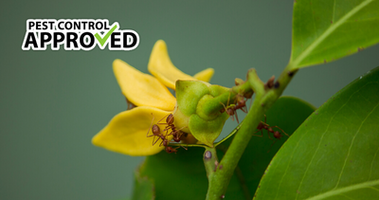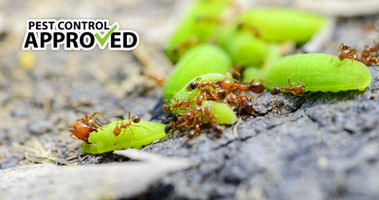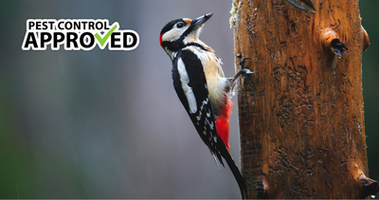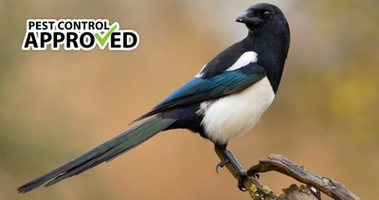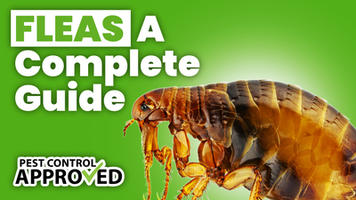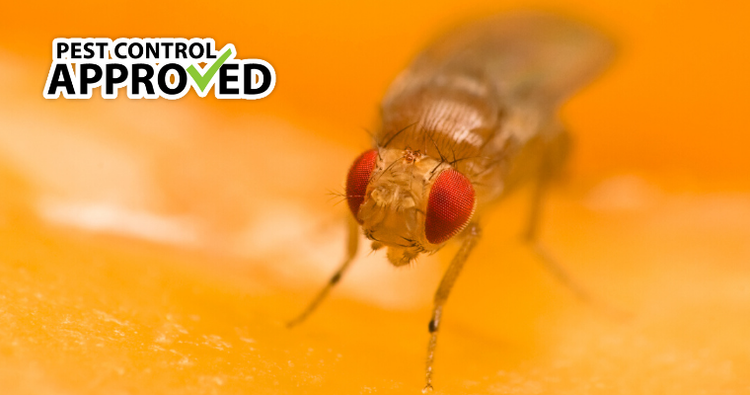
Fruit Flies
Fruit Flies belong to the Family Drosophila melanogaster. These are insects. They are named so because these species love lingering around overripe and rotting fruits. People also call them by other names like vinegar flies or wine flies.
NAME: Fruit Fly, Common Fruit Fly, Pomace Fly, Vinegar Fly, Wine Fly
LOCATION: Worldwide except Antarctica
HABITAT: Temperate and tropical, terrestrial, agricultural
DIET: Fruits like bananas, vegetables, fermented food and drink
SIZE: Adults at 3 to 4 mm
PREDATORS: Spiders, beetles, ants, lizards, frogs, turtles, birds
LIFE EXPECTANCY: 40 to 50 days
Size
An adult fruit fly is small. It measures between 3 to 4mm.
Appearance
A fruit fly is small and oval. It has red eyes. Some species take on very dark colors. These have a tan to brownish or yellow thorax (front part) and a black abdomen. The larvae though are whitish and wormlike in appearance. They have black mouth hooks.
Adults also have six jointed legs. The wings are thickened front margins that intersect in two places. They also have feathery bristled antennae. The antennae have a strong sense of smell. That’s why they can easily find overripe food and fermented drink over long distances.
Diet
By its name, we know that fruit flies primarily feed on rotting fruits. But they also feed on vegetables. They have other favorites, like mushrooms, sap flows, and sugary food items. It seems that bananas are their most favorite.
The fruit fly is drawn to yeast that forms whenever organic substances decompose. And they love fermenting sugars. Spill your Coke or beer outside and you’ll be lucky if only one fruit fly drops by to join your company.
Habitat
The Drosophila melanogaster or fruit fly has migrated to every corner of the world, it seems, except Antarctica. The fruit fly can’t survive in cold regions. The natural range of these insects is in the tropics. Today they thrive more in temperate regions but they are spotted mostly everywhere. The scientific name Drosophila means “dew lover”. Apparently, the species require moist environments.
The common fruit fly is at home in many places, probably in your very own kitchen. They also congregate wherever garbage is improperly stored or disposed of. They are also drawn to fermented food and even drinks like beer and wine.
While fruit flies are most active during summer and the fall (because of harvest), they can be pests inside a home throughout the year. Find them in stores, restaurants, cafes, and any place where the smell of food abounds, especially rotting or brewing scents of food and drink. They just seem to be everywhere. They will inhabit these areas all year long. But they’re up and about more especially during summer.
Reproduction
Females are highly productive. They can lay up to 500 eggs during their lifetime. Did you know that a pair of flies can produce hundreds of babies in just a couple of weeks? And their offspring become sexually reproductive themselves in just one week.
Fruit flies have a usual 4-stage reproduction state. These go from egg to larvae, to pupae, and finally, to adults. Once the fruit fly lays her eggs, the larvae hatch in just 24 hours. These start feeding on fruits upon hatching. After a week, then comes the pupae stage. This takes 6 days, after which they become adults. The entire life stages from egg stage to adult stage can finish as early as 1 week, but commonly at 2 weeks.
A fruit fly will attack and puncture fruit and vegetable skins, not just to feed but to lay their eggs on. They can easily populate using fermented fruit and moist organic substances. People who want to stay safe should cut away any part of the food on which flies have attached themselves to. This is because flies can easily contaminate your food with bacteria.
They like it damp and slimy so expect them to also breed in drains and garbage bins or disposals. Open beer and soda cans or bottles are also breeding grounds for these nuisances. So are soppy mops or buckets.
Predators
People instinctively drive away or kill fruit flies. Flytraps and insecticides are used to kill these perceived pests. Since these easily populate, nature may have intentionally designed a lot of predators for the species. Spiders, beetles, ants, lizards, frogs, and even turtles all eat fruit flies. Other predators are egg parasites, dragonflies, and birds like swallows. One of the best ways to eliminate fly activity is to use Fly Baits.
Life Span
A fruit fly has a short life span. Adults can survive up to 50 days max.
If you or anyone you know is having issues with fruit flies, contact one of our listed Pest Professionals today!


